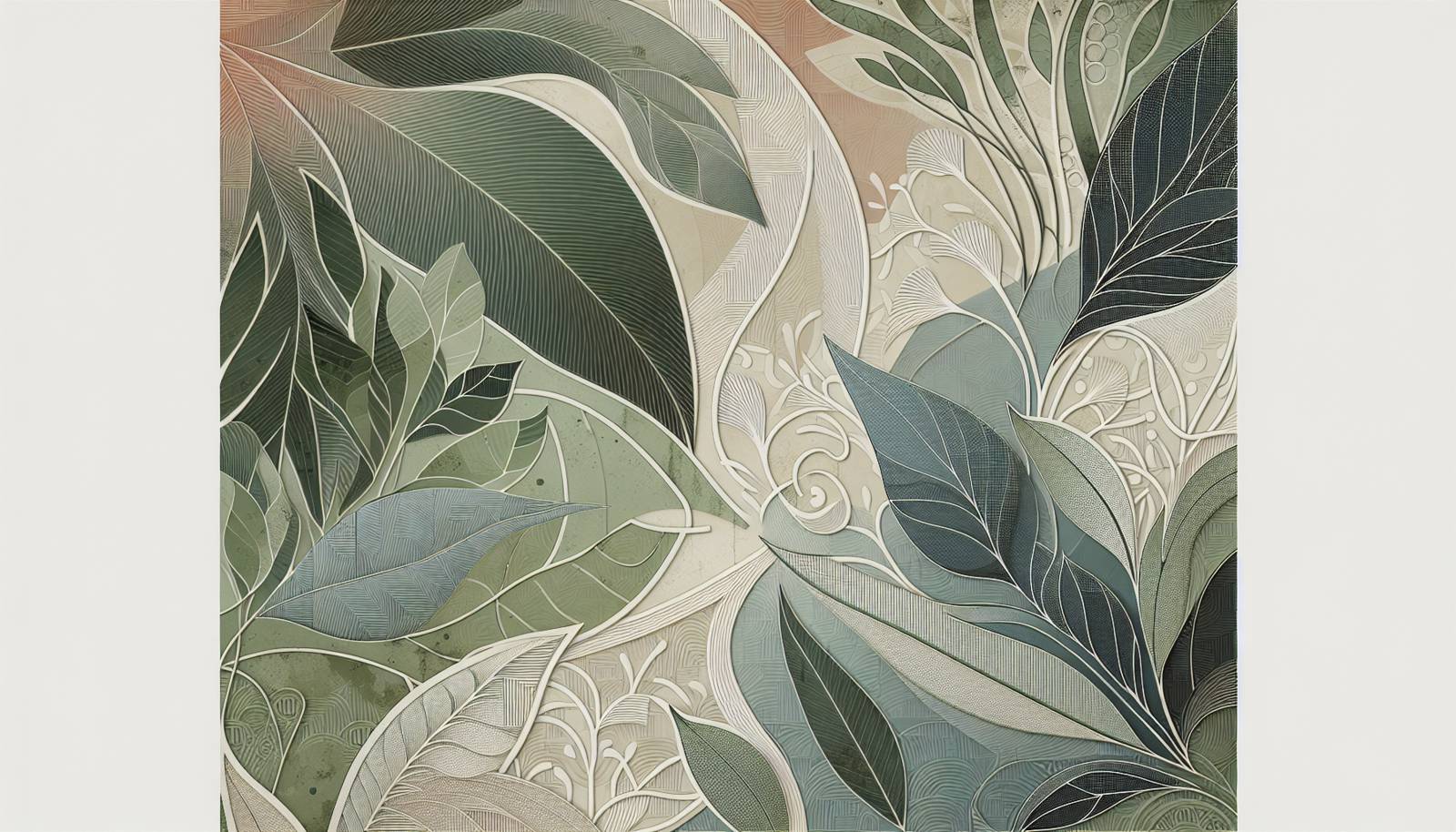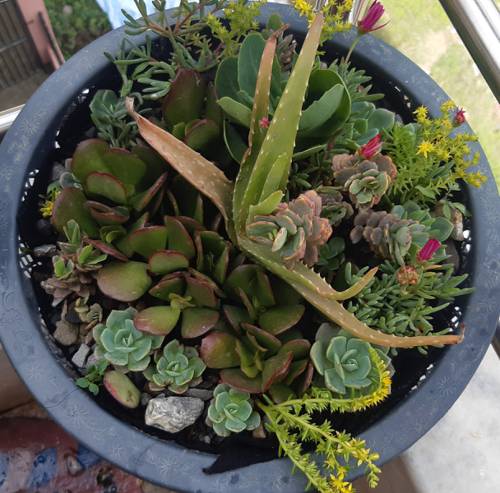
FAQ About Ethnobotancial Uses of Indoor Plants

What is ethnobotany and how does it relate to indoor plants?
Ethnobotany is the scientific study of the relationships that exist between people and plants. It explores how various cultures use and perceive plants, including their practical uses, such as food, medicine, and tools, as well as their symbolic and ceremonial roles. When it comes to indoor plants, ethnobotany examines how different societies have traditionally used these plants for various cultural, medicinal, or aesthetic purposes within living spaces.

What are some traditional uses of indoor plants in different cultures?
Indoor plants have been used in various cultures for numerous purposes. For example, in China, lucky bamboo is believed to bring good fortune and is often used in Feng Shui practices. In India, tulsi (holy basil) is traditionally grown indoors and is revered for its medicinal properties and spiritual significance. Meanwhile, the ancient Egyptians valued aloe vera for its healing properties, often keeping it inside the home for easy access.

Why are indoor plants considered important in Feng Shui?
In Feng Shui, a traditional Chinese practice of arranging living spaces to promote harmony and balance with the environment, indoor plants are considered vital. They are believed to enhance the positive energy (chi) within a space, improve air quality, and bring life and vitality to a room. The placement of plants is thought to influence the flow of energy and can be used to create favorable living and working conditions.

What role do indoor plants play in traditional medicine?
Indoor plants have played significant roles in traditional medicine across various cultures. Aloe vera, for example, is used for its soothing and healing properties on skin burns and irritations. Snake plants and spider plants are believed to have air-purifying qualities, which can contribute to health and well-being when grown indoors. Various herbs grown indoors, such as mint and sage, are used for their therapeutic benefits and in natural remedies.

How have cultural perceptions of indoor plants evolved over time?
Cultural perceptions of indoor plants have evolved significantly over time. Initially, many cultures valued them for their medicinal properties and practical uses. Over time, as health and wellness became more emphasized, the air-purifying qualities and psychological benefits of indoor plants gained attention. Today, they are also valued for their aesthetic appeal and ability to enhance interior design, alongside their traditional roles.

Are there symbolic meanings associated with certain indoor plants?
Yes, many indoor plants carry symbolic meanings in various cultures. For example, the money tree (Pachira aquatica) symbolizes prosperity and is a popular indoor plant in many Asian cultures. Peace lilies are often associated with tranquility and purity, making them popular choices for indoor environments. The jade plant is considered a symbol of good luck and financial fortune in some cultures.

What are some common misconceptions about indoor plants in ethnobotany?
One common misconception is that all plants used indoors have been chosen purely for their aesthetic value. In ethnobotany, however, plants often hold significant cultural, medicinal, or practical importance. Another misconception is that the benefits of indoor plants are universally recognized across cultures, yet interpretations and uses can vary widely. Additionally, some may believe all indoor plants are native to the culture using them, when many have been imported and integrated over time.

Can indoor plants influence mental health and well-being?
Yes, research has shown that indoor plants can have positive effects on mental health and well-being. They can help reduce stress, increase mood, and enhance concentration and productivity. The presence of natural elements indoors is believed to foster a calming and restorative atmosphere, which can be beneficial for mental health. Ethnobotanical practices often incorporate these psychological benefits alongside traditional uses.

How do indoor plants contribute to sustainability in ethnobotanical practices?
Indoor plants contribute to sustainability by offering natural air filtration and reducing environmental impact through reduced heating and cooling needs. Many ethnobotanical practices promote growing plants indoors to ensure sustainability of certain species and to decrease dependency on externally sourced plant products. Cultivating plants indoors can also support biodiversity and the preservation of traditional knowledge regarding plant uses.

What are some examples of indoor plants used for aromatic purposes?
Several indoor plants are traditionally used for their aromatic properties. Lavender is often grown indoors for its calming scent, which can help alleviate anxiety and promote relaxation. Eucalyptus is another indoor plant valued for its refreshing fragrance and potential respiratory benefits. Rosemary is frequently cultivated indoors for both its culinary uses and its invigorating aroma.

How do indigenous cultures incorporate indoor plants into their living spaces?
Indigenous cultures may incorporate indoor plants into living spaces for various reasons, such as practical uses, spiritual practices, or symbolic meanings. Plants can be an integral part of ceremonies, used to purify spaces or as part of healing practices. They often grow herbs and medicinal plants indoors for easy access and may also keep plants with symbolic significance inside their homes as a constant presence.

What are the ecological impacts of growing indoor plants from an ethnobotanical perspective?
From an ethnobotanical perspective, growing indoor plants can have positive ecological impacts by fostering biodiversity and conserving plant species that might be overharvested in the wild. Keeping plants indoors can reduce the need for external resources and transportation. However, it also requires careful consideration of energy use for maintaining the plants’ needs, such as lighting and temperature control.

Can indoor plants be used in rituals and ceremonies?
Yes, indoor plants are often used in rituals and ceremonies across various cultures. For instance, in many indigenous traditions, specific plants are used in smudging ceremonies for their purifying properties. In Hindu traditions, indoor plants like basil are used in religious rituals and to honor spiritual figures. Such practices highlight the symbolic and spiritual importance of indoor plants beyond their aesthetic value.

Are there any health risks associated with indoor plants?
While indoor plants generally promote health and well-being, there can be some risks if certain plants are ingested by pets or children, or for individuals with specific allergies. For example, the sap from a fiddle leaf fig can be irritating to the skin and toxic if ingested. It's important to research and choose indoor plants that are safe for your specific household environment.

What indoor plants are commonly used for their air purifying qualities?
Common indoor plants known for their air purifying qualities include the peace lily, spider plant, snake plant (Sansevieria), and pothos. These plants are believed to remove toxins from the air, such as formaldehyde and benzene, and can improve overall indoor air quality. Such qualities have made these plants popular choices in ethnobotanical practices focused on health and environmental sustainability.

How are indoor plants significant in interior design from an ethnobotanical viewpoint?
From an ethnobotanical perspective, indoor plants are significant in interior design not only for their aesthetic appeal but also for their cultural and emotional implications. They are used to connect indoor living spaces with nature, enhance mental well-being, and reflect cultural identities or personal beliefs. The selection and arrangement of plants are often informed by their historical roles and meanings in various cultures.

What methods are used to grow and maintain indoor plants traditionally?
Traditional methods for growing and maintaining indoor plants often involve organic and sustainable practices passed down through generations. These may include using natural fertilizers, such as compost, relying on natural pest control methods, and selecting plant varieties that have historically thrived indoors. Understanding the traditional knowledge about ideal environmental conditions, such as light and moisture levels, is also crucial.

What role do indoor plants play in educational settings from an ethnobotanical perspective?
In educational settings, indoor plants can serve as tools for teaching about ethnobotanical traditions, biodiversity, and sustainability. They offer hands-on experience in plant care and a living example of traditional knowledge utilization. By integrating plants in educational curriculums, students can learn about cultural practices, historical uses, and the broader ecological impacts of plant-human interactions.

How are indigenous plants selected and adapted for indoor environments?
Indigenous plants are often selected for indoor environments based on their adaptability to indoor conditions such as light and humidity. Ethnobotanical practices might involve choosing plants that historically demonstrate resilience and cultural significance within indoor settings. Adaptation includes understanding and replicating their natural habitats as closely as possible with consideration for traditional growing techniques and uses.

Are there economic benefits associated with indoor plants in ethnobotanical contexts?
Yes, there are several economic benefits associated with indoor plants from an ethnobotanical perspective. They can provide cost savings through reduced medical expenses by improving indoor air quality and mental well-being. Additionally, the cultivation and sale of culturally significant plants can offer economic opportunities for communities, supporting local economies and the preservation of traditional knowledge and practices.
